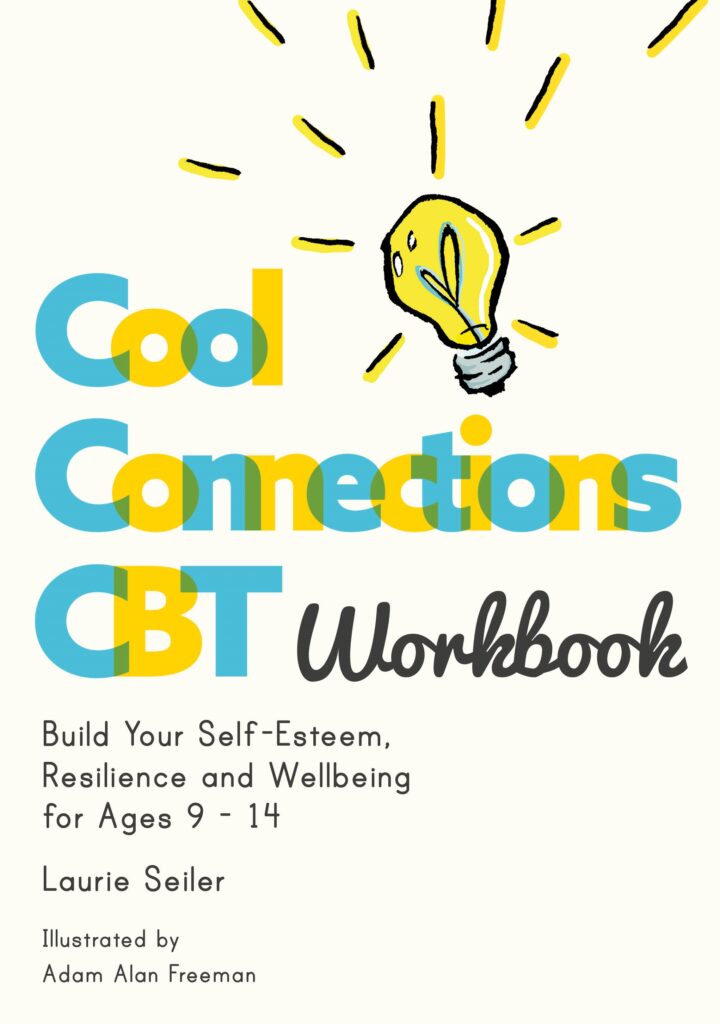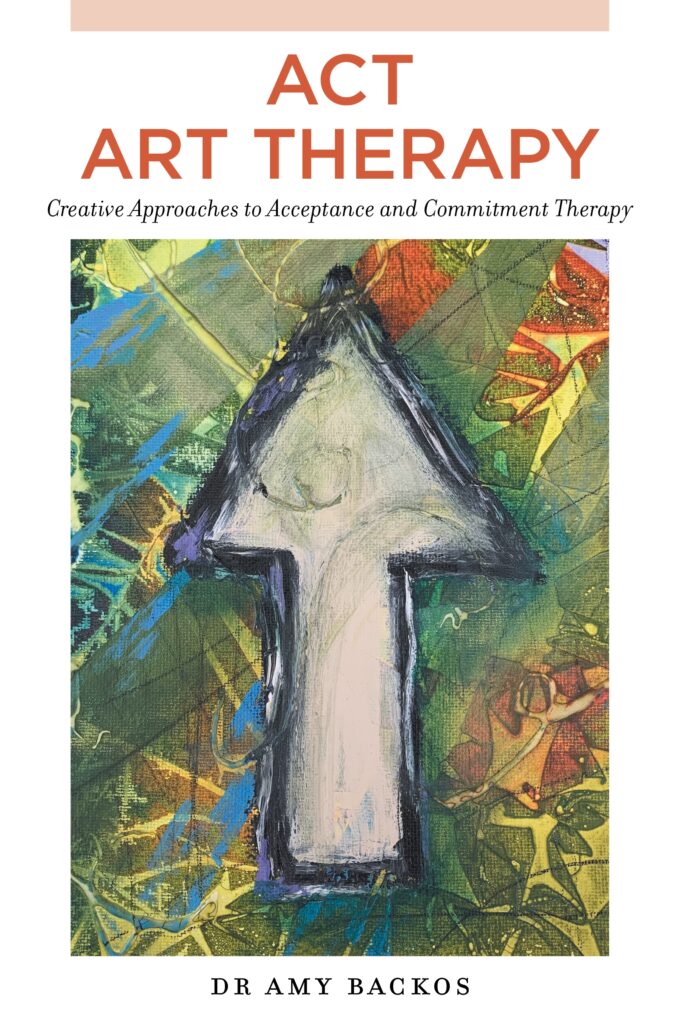
Each year, the first week of October in the US/CAN is National Mental Illness Awareness Week. During this week, organizations like the National Alliance on Mental Illness (NAMI), the Canadian Alliance on Mental Illness and Mental Health (CAMIMH), and more work to raise awareness for mental illness, fight discrimination, and provide support and resources.
As a publisher of mental health resources, Jessica Kingsley Publishers provides books and resources for a wide range of individuals including adults, children, practitioners, educators, and more.
JKP publishes resources that are based in many different types of therapies including: Cogitative Behavioral Therapy (CBT), Dialectical Behavioral Therapy (DBT), Acceptance and Commitment Therapy (ACT), Art Therapies (Art, Music, Dance, Theater, etc.), and more.
Each type of therapy helps patients battle their illnesses using different techniques. Below is an outline of these therapies, along with a collection of JKP resources.
Cognitive Behavioral Therapy (CBT)
Cognitive Behavioral Therapy (CBT) is a form of therapy that helps patients recognize faulty or maladaptive thought patterns and problem solve. Below are two CBT guides for varying audiences. For more on CBT, click here!
Cool Connections CBT Workbook by Laurie Seller
This illustrated CBT workbook builds self-esteem, emotional resilience and social skills in children and young people aged 9-14, helping to prevent the development of anxiety and depression.
Packed full of fun activities, it will give you tips and techniques to help you feel good about yourself and remain calm and cool in all situations. The exercises help the reader to develop greater awareness of the connections between their thoughts, feelings, body signals and actions, before putting strategies in place to help them cope with feelings of anxiety and depression and increase their resilience and self-confidence.
The Ultimate Anxiety Toolkit by Risa Williams
Written by a therapist who specializes in helping people navigate anxiety, the chapters contain 25 creative tools specifically designed to help reduce anxiety in five key areas: stress, social anxiety, anxious thoughts, self-esteem and the future.
The tools draw on CBT, mindfulness, narrative therapy, positive psychology and more, and every single one is focused on giving practical advice and simple steps that you can take today to reduce your anxiety and boost your self-esteem.
Dialectical Behavioral Therapy (DBT)
Dialectical Behavioral Therapy (DBT) is a modified type of Cognitive Behavioral Therapy (CBT). DBT helps people live in the moment, healthily cope with stress, build relationships with others, and more. To learn more about DBT, click here!
Challenging Perfectionism by Dawn Starley
This guide offers professionals working with teenagers the latest research into perfectionism alongside tried-and-tested strategies to alleviate the anxiety associated with it.
The first section addresses the theory and context behind perfectionism, including definitions, prevalence, links to other conditions and causal factors. The second section offers easy-to-use activities based on CBT, ACT and DBT to help young people and the professionals working with them to address the tendencies which negatively impact students’ lives and academic progress.
Talking About BPD by Rosie Cappuccino
Addressing what BPD is, the journey to diagnosis and available treatments, award-winning blogger Rosie offers advice on life with BPD and shares practical tips and DBT-based techniques for coping day to day. Topics such as how to talk about BPD to those around you, managing relationships and self-harm are also explored. Throughout, Rosie shares her own experiences and works to dispel stigma and challenge the stereotypes often associated with the disorder.
This much-needed, hopeful guide will offer support, understanding, validation and empowerment for all living with BPD, as well as those who support them.
Acceptance and Commitment Therapy (ACT)
Acceptance and Commitment Therapy (ACT) promotes accepting negative thoughts and feelings, while using mindfulness in order to keep your personal values and beliefs top of mind. For more on ACT, click here!
The ACT Workbook for Teens with OCD by Patricia Zurita
This workbook, based on Acceptance and Commitment Therapy (ACT) and Exposure Response Prevention (ERP), teaches teens with OCD new skills to handle the stream of pesky obsessions that show up in their mind.
It presents the Choice Point – a tool to help teens choose how to handle those tricky moments when dealing with unwanted thoughts. Chapter by chapter, teens learn powerful skills to unhook from their obsessions, including exposure exercises and strategies for accepting their emotions, and complete activities to help them overcome their compulsions, avoidant behaviors, and requests for accommodations.
ACT Art Therapy by Dr Amy Backos
There is nothing prescriptive about Acceptance and Commitment Therapy or Art Therapy. Both involve the client and the therapist cultivating creativity and psychological flexibility by letting go of limited, constricted, or habitual ways of thinking and being. This leads us to think, create, respond, and behave in ways of our choosing, bringing richness and renewed meaning to our lives.
Through this work you will be able to apply ACT-informed art therapy to your practice. Art activities both illustrate the concepts and exist as stand-alone interventions to heighten creative potential and mindful attention to the present moment. ACT is effective when treating psychological difficulties such as depression, anxiety, OCD and psychosis. Readers will develop a meaningful context for understanding how ACT and art therapy align to creatively achieve positive outcomes for you and your clients.
Arts Therapies
Arts therapies include art, music, dance, theater, and more. Arts therapies are used by various types of professionals who have training in both art and psychology. This type of therapy provides a creative approach to healing. To learn more about arts therapies, click here!

Goal Processes in Music Therapy Practice by Grace Thompson
A combination of primary qualitative research with existing literature allows for a thorough understanding of how goal setting is influenced by both the therapist and the person with whom they work, and the levels of collaboration possible between client and therapist in different settings. Downloadable worksheets, reflective tasks, case examples and guidelines on goal writing puts the theory into action.
Providing a detailed model and set of principles that you can apply to any context and strengthen your practice; this book makes essential reading for music therapy students and practitioners looking to hone and update their skills.

Special Interests in Art Therapy with Autistic People by Jessica Woolhiser Stallings
Introducing the Special Interest Communication Theory (SICT) Facilitative Framework, this guide will help you to support autistic clients and meet their needs through special interests and pop culture.
Turning away from a culture that has often sought to suppress autistic special interests, Stallings asks that therapists meet autistic children and adults on their own terms. Creating an autism positive environment and engaging with special interests – from video games to K-Pop – builds rapport and helps identify therapeutic goals.
Jessica Woolhiser Stallings combines this practical guide to her evidence-based framework with an overview of the history and applications of therapies and arts therapies used with autism. From a perspective that respects autistic self-advocacy and the role of art therapy in supporting individual emotional health, this guide offers tools to address anxiety, social interaction, communication, identity and more.
For more information on JKP’s arts therapies resources, check out our Arts Therapies Books & Resources 2022 trifold.





